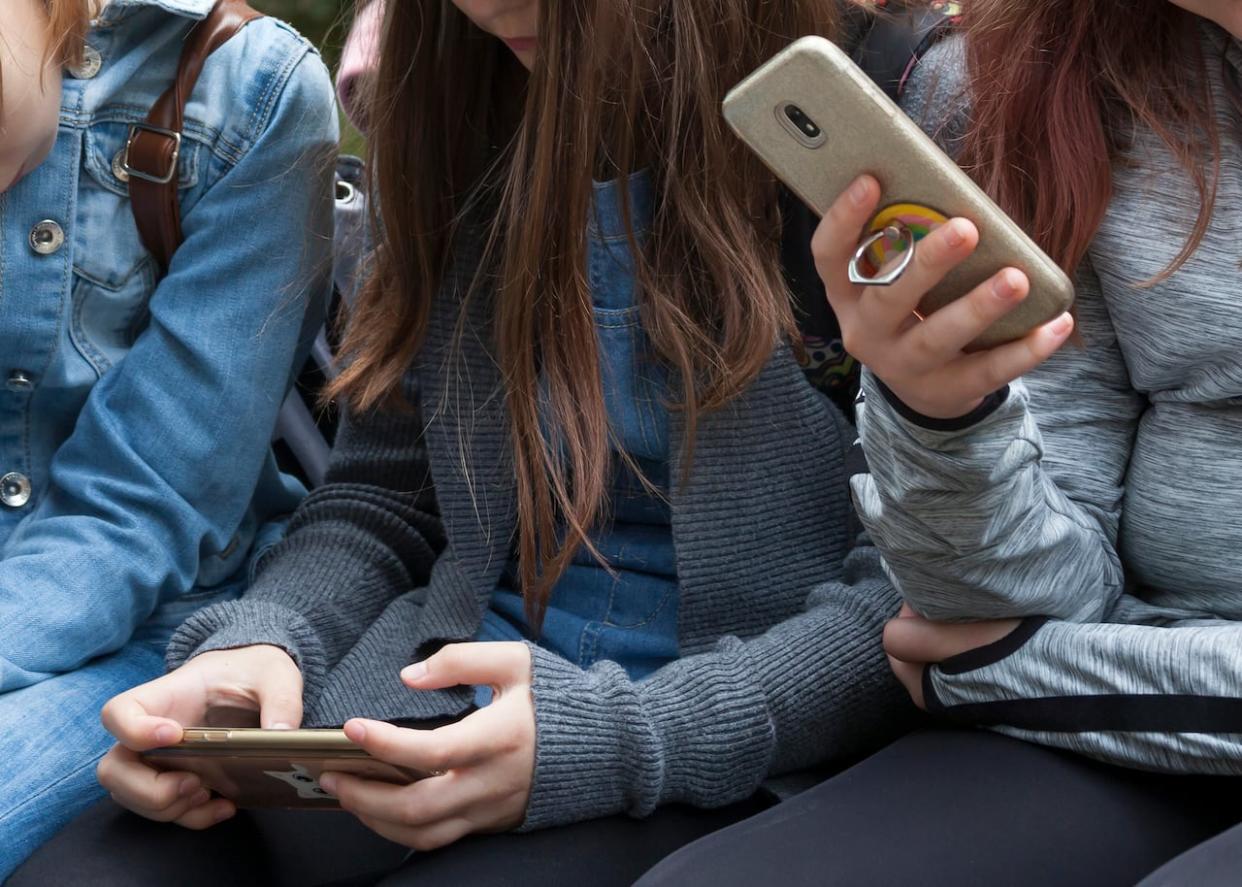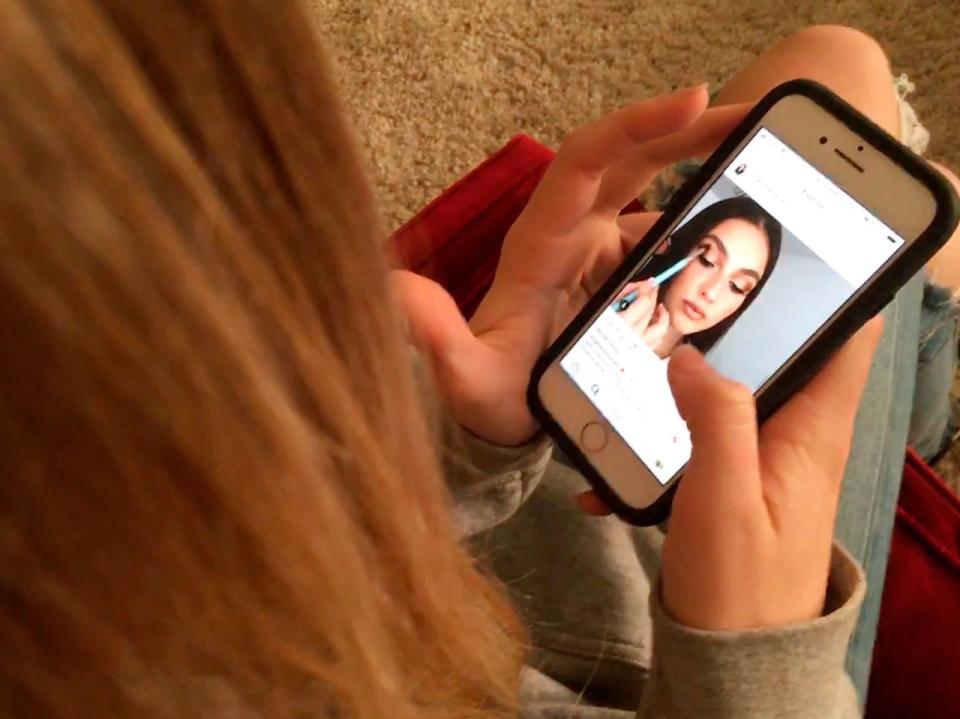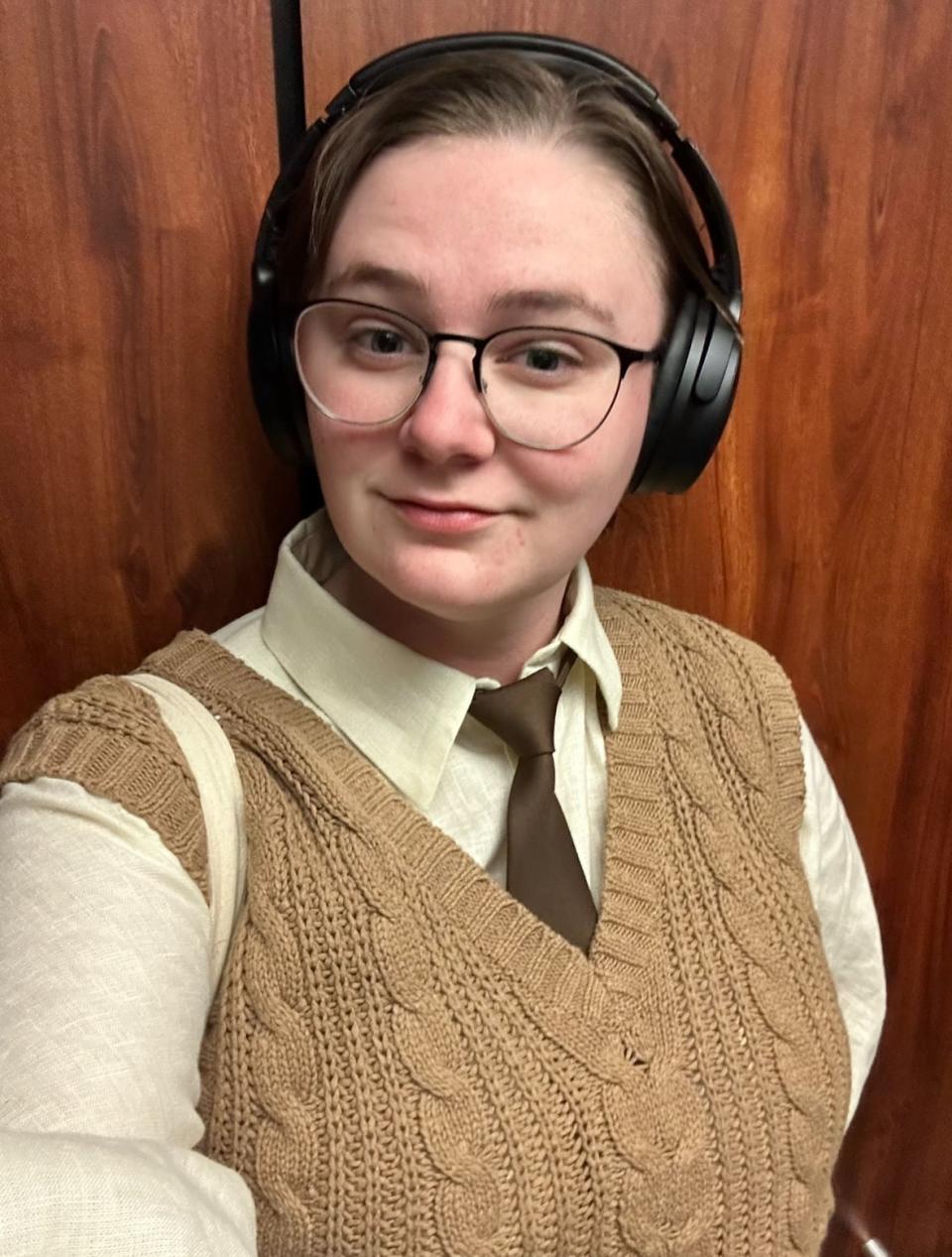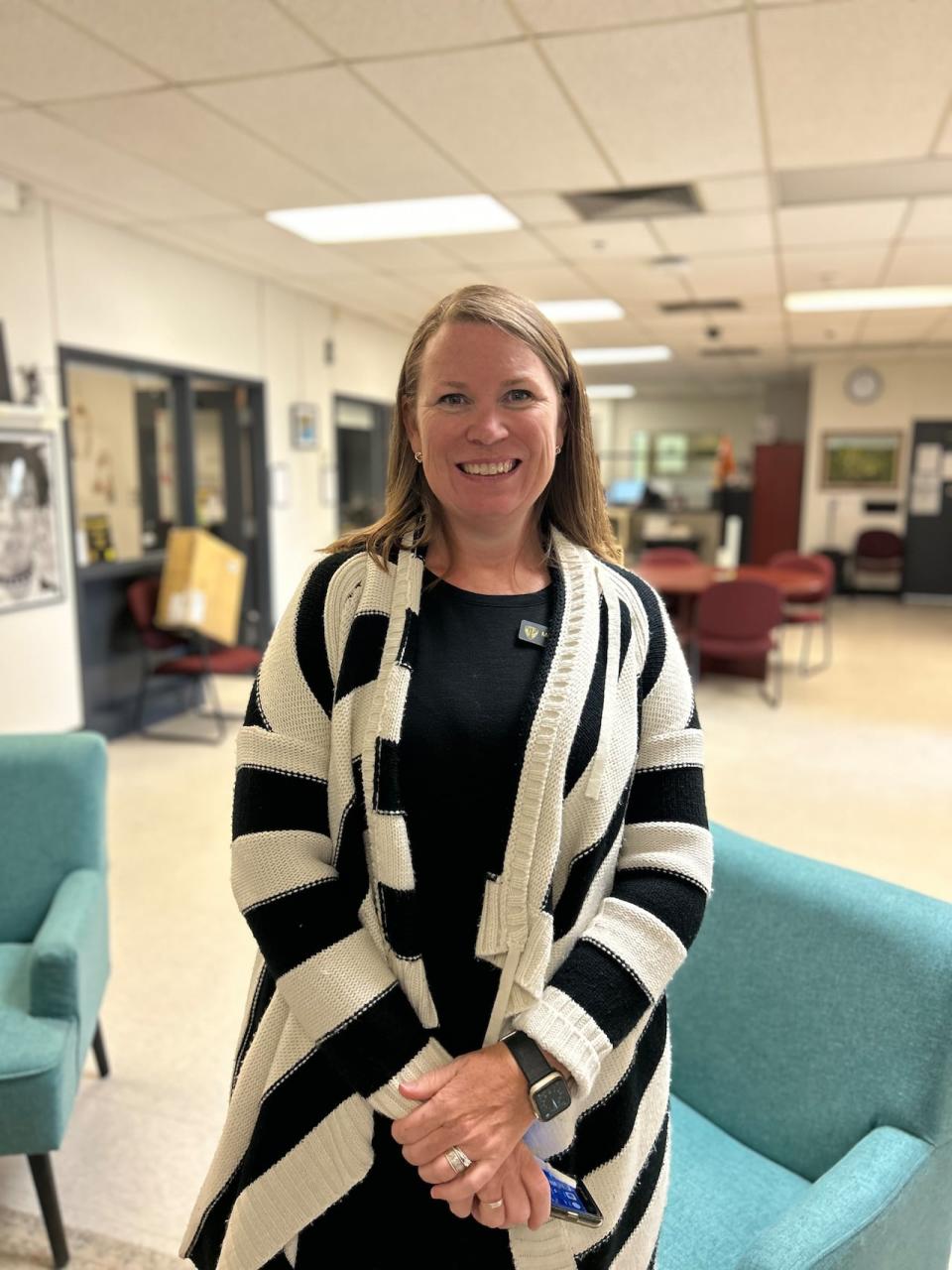20-somethings share pitfalls of growing up at dawn of smartphones

As cellphone bans are considered for schools and Parliament debates a bill to reduce online harm, some first-generation users of smartphones are sharing their horror stories and advice about what needs to change.
"I wish someone was concerned about doing these things when I was 11 because, oh my gosh, the amount of stuff you see in there is crazy," said Gabriela Guimaraes, a 2024 graduate of St. Thomas University who did a thesis project on the misogyny of social media influencer Andrew Tate.
"If we're not protecting kids … it could be scarring and lead to interesting behavioural problems probably later down the line," said Miranda King, a graduate student in Ontario, who previously helped teach a media studies and popular culture course at Mount Allison University.
Guimaraes got her first smartphone and started using social media when she was 10 or 11.
While her mother taught her some basic safety rules, like don't talk to strangers online, give out personal information or send pictures of yourself, Guimaraes admits she still got into some bad situations that no adult in her life was aware of.
"Of course I was talking to strangers. And having pretty harmful and dangerous conversations that I probably shouldn't be having."
Guimaraes recalls two "incredibly popular" online communities on the platform Tumblr called "pro-ana" and "pro-mia." They promoted the eating disorders anorexia and bulimia.
"I had people who were way older than me giving me advice on how to starve myself and how to lose weight."
They shared "insane" recipes and challenges and motivated others to engage in unhealthy eating habits by hurling insults couched as "meanspo," short for mean-inspiration.
"They would be mean towards each other and call each other the most horrible names you could think of … You could make sure people would feel bad enough about themselves to the point where you wouldn't eat and would stick to the recipes that were in these communities."
She was part of online eating disorder communities from the ages of 11 to 16.
"Those were five years that I spent just hating myself. I don't think anyone should go through that."
Encounters with predators 'heartbreakingly common'
Guimaraes and her friends were also into online games, like Habbo Hotel, that allowed them to connect with strangers.
"I definitely talked to so many predators without even realizing that they were," she said.
She'd be playing a game and thinking she was making a new friend and suddenly that player would suggest she take part in a sexual act.
"I'm like, 'Uh, I'm 10. I don't know what you're talking about.'"

Gabriela Guimaraes says growing up she was talking with strangers online and 'having pretty harmful and dangerous conversations that I probably shouldn't be having.' (Haven Daley/The Associated Press)
Guimaraes said finding out her age didn't deter some people from asking for her phone number.
"Looking back … those were some pretty harmful and dangerous situations and no 10-year-old should be involved in that," she said.
She also received sexually explicit messages via Instagram.
"I was kind of aware that was wrong. So I would never let it get too, too, too far. Like I wouldn't send them pictures of myself or tell them where I lived, but I still wasn't responsible enough to cut the conversation to the point where I wouldn't receive the obscene messages."
She believes this was a "heartbreakingly common" experience.
"Thank God nothing happened to me," she said. "That's not the case for a lot of people."
It was a 'weird time'
Miranda King also considers herself lucky to have come through her early internet days relatively unscathed.
King got her first cellphone that had an internet connection at the age of 12.
She and her contemporaries spent a lot of time on Kik, a messaging program similar to WhatsApp.
"There was definitely no protection on it," she said.

Miranda King, now a graduate student in Ontario, previously helped teach a media studies and popular culture course at Mount Allison University. Looking back on growing up as part of the first cellphone generation, she is amazed she made it through relatively unscathed. (Submitted by Miranda King)
At one point, she joined a group chat with a friend and two other people who claimed to be boys their age from the United States.
It was a common thing to have an online mystery boyfriend, said King.
You could meet one in any number of online chat rooms. A popular site called Omegle randomly paired users in text or video chats. It shut down last year amid allegations of facilitating sexual abuse.
Like Guimaraes, King was also exposed to a lot of unhealthy body images in her internet feeds.
The "thigh gap" was all the rage in 2014, she recalled. Fresh marks of self harm and pretty girls smoking were also online fashion trends during her youth.
"Other people were dying themselves grey in a bathtub full of Sharpies."
It was "a weird time" said King.
Problems, risks persist
The current generation of teens might be using different platforms, but neither King nor Guimaraes believe it's gotten much safer for them online.
King points to the recent fad of pre-teens using adult skin care products and a viral video of a person driving a car off a pier into the ocean and apparently drowning.
Online eating disorder communities are still thriving on platforms including X, said Guimaraes.
Laurie Pearson, a vice-principal at Fredericton High School and mother of four, says young people are still receiving direct messages from strangers via Instagram, Snapchat and other apps.
They also get disruptive content from people they know in real life, at any hour of the day or night.

Laurie Pearson, a mother of four and a vice-principal at Fredericton High School, believes young people need critical-thinking skills and self-confidence to manage the threats that come with smartphones. (Jennifer Sweet/CBC)
And AI has facilitated new challenges for young people to navigate, said Pearson, like having fake nude photos of yourself circulated among your schoolmates.
What should change?
Regulations are definitely needed, said King, because it's very easy for kids to access mature user-generated content. She believes every social media app should have a kids' version.
She's also in favour of more monitoring of what happens on social media and enhanced privacy features for children, "so weirdos on the internet can't follow you."
Guimaraes agrees children shouldn't be put "in potentially dangerous situations when they don't have to be there."
It's too easy for young children to create accounts before they have the skills to handle everything that social media entails, she said.
She thinks there should "at least" be filters to prevent younger people from having access to certain kinds of content.
Online threats like 'whack-a-mole' for kids
Guimaraes is also calling for ways to hold the perpetrators of internet harm to account.
"People often feel like the internet is this lawless land. I do feel like that needs to come to an end," she said.
In Pearson's view, it's not realistic to try to protect kids from everything. Even when they are warned, they find other ways to be unsafe, she said.
"It really is like whack-a-mole. Just as soon as you figure one thing out, something else has been created."
She believes the best way to deal with online risks is to help young people develop critical-thinking skills and self-confidence, so they can block out negative content, resolve conflicts face-to-face and move on from a negative experience without letting it define them.
Pearson recently recorded a podcast series called Parenting on Purpose that touches on a number of issues connected to internet use, including addiction, mental health and sextortion.
She said another great resource for kids is Cybertip.ca.

 Yahoo News
Yahoo News 
